Srinivas Krishnan Opinion-What’s the future of EVs
What’s the future of EVs? Srini distills some key information from the BloombergNEF Electric Vehicle Outlook 2024 to keep you in the know…
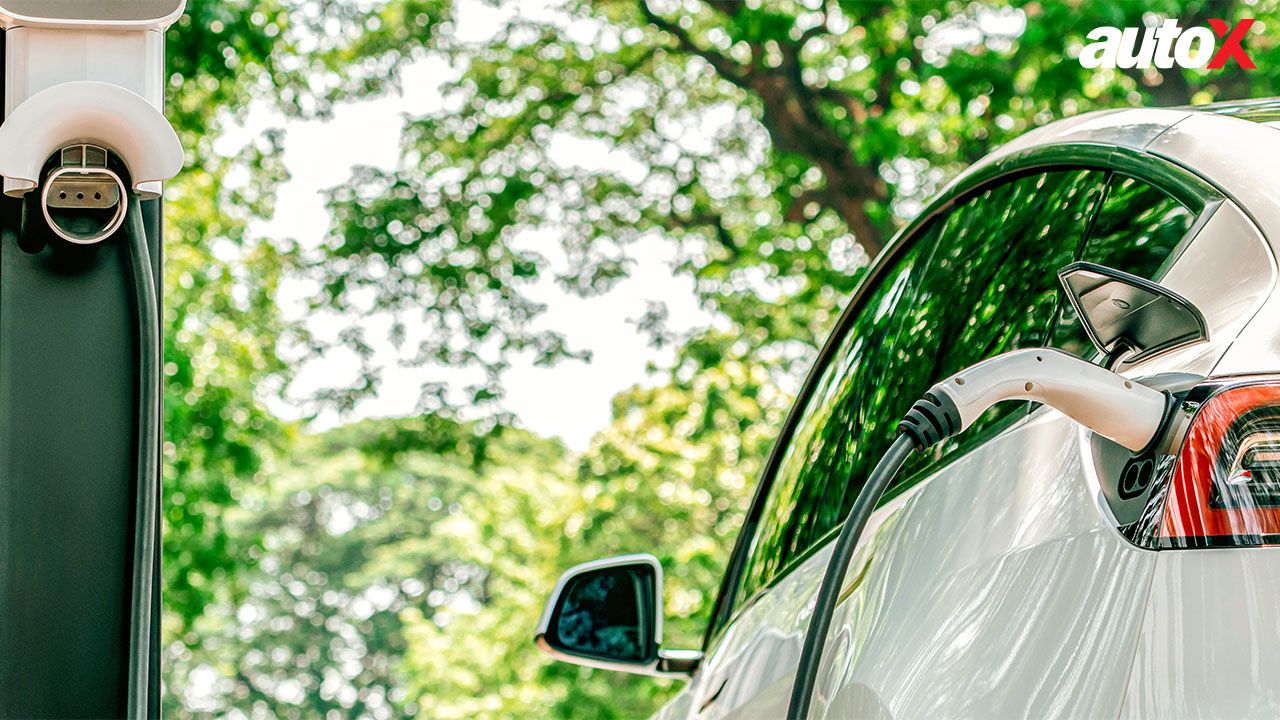
‘If you don’t know where you’re going, you might wind up someplace else.’ I didn’t say that, Yogi Berra did. Not to be confused with any of India’s famous yogis, Berra was an American baseball player who was as good with his witty one-liners as his exploits on the field. To avoid going somewhere we don’t intend, we need to know where the world is going with EVs. The BloombergNEF Electric Vehicle Outlook 2024 (BNEF EVO24), which came out in June this year, provides a good indication of where we’re headed.
To start with, it says that EV markets worldwide are not travelling in the same direction or at the same speed. Also, EV adoption, as we already know in India, varies across segments. While China aggressively scouts for new markets, as its domestic production capacity reaches a glut, other markets are pushing back to avoid becoming dumping grounds – protectionist measures are inevitable
The world is running out of time to attain net-zero emissions in road transport as committed, and EVs continue to remain the most cost-effective and commercially viable route to full decarbonisation of transport. So policymakers should not lose focus
The growth rate for EVs is slower than before, but volumes are set to rise from 13.9 million to over 30 million by 2027. Over the next four years, electric car sales are expected to grow at an average of 21% per year (it was 61% between 2020 and 2023)
Many automakers are recalibrating (downwards) their electrification targets, especially for the near-term, as they are unable to manufacture EVs at costs comparable to ICE. Yet, other automakers are doubling down on their EV commitments and achieving results
Technology for EVs continues to get better and cheaper, with many more low-cost EV models coming up over the next few years. The fastest growth rates are in emerging economies like India, with EV sales expected to triple by 2027
EVs will get more affordable with improvements in technology, especially with commercialisation of next-generation batteries. Battery prices fell by 90% over the last decade, and will continue due to lower raw-material prices, manufacturing advances and yes, overcapacity
In commercial vehicles, the electrification of light-duty vehicles is well underway globally, especially so in China, South Korea and in some European countries. Because of their economics, eLCVs will be one-third of sales by 2030. Adoption of electric medium- and heavy-duty trucks will be shaped by new environmental policies. But city buses will continue to be electrified at a rapid pace, and are expected to account for over 60% share by 2030
Of all the categories of EVs, three-wheelers are on track to achieve zero emissions by 2050 – that too without policy intervention. Both electric two- and three-wheeler sales will continue to rise in emerging economies. But globally, they contribute to less than 1% and 5% to CO2 emissions respectively
There is over-investment in battery-cell manufacturing. According to EVO24, planned lithium-ion cell manufacturing capacity by end-2025 is over five times the 1.5TWh global battery demand expected that year
Lithium-iron-phosphate batteries are emerging winners. Improvements in LFP technology, like superfast charging, cold temperature performance and higher densities are making them more attractive. Within the next two years, 50% of passenger EVs are expected to run on LFP battery tech. China, of course, is leading the charge
The EVO24 has also highlighted three themes. One is that plug-in hybrids are making a comeback, but this could be a temporary trend. According to BNEF, PHEVs are driven in electric mode between 11% and 54% depending on the country and owner type. They say that if PHEVs end up displacing BEV sales and are not using their electric potential, it will add to oil demand
The second theme is that EVs are racking up more kilometres than ICE on an annual basis, especially in countries that have adopted them early. In China, for instance, EVs are travelling 66% more than their ICE counterparts. The report says that automakers have an opportunity to develop their product portfolio for high-mileage drivers, as this is a signal that EVs are in demand for these users
There is overcapacity in battery-cell manufacturing in China, which is contributing to lower battery prices. What’s more, their planned battery production capacity is seven times the expected demand in 2026. This could translate to more cheap Chinese electric cars too. There will be a global fallout of this as other countries and non-Chinese EV makers will find it a challenge to localise their respective supply chains.
‘No matter where you go, there you are.’ Yes, Yogi Berra again. Hope this helps.
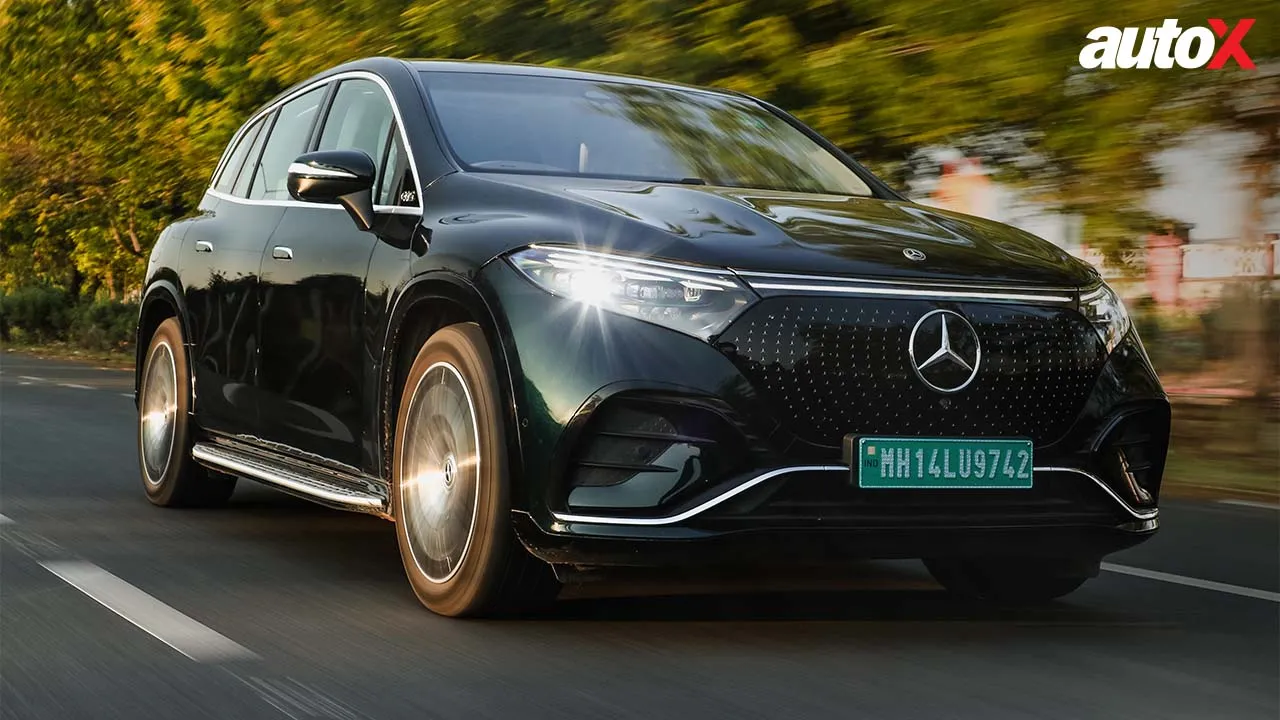

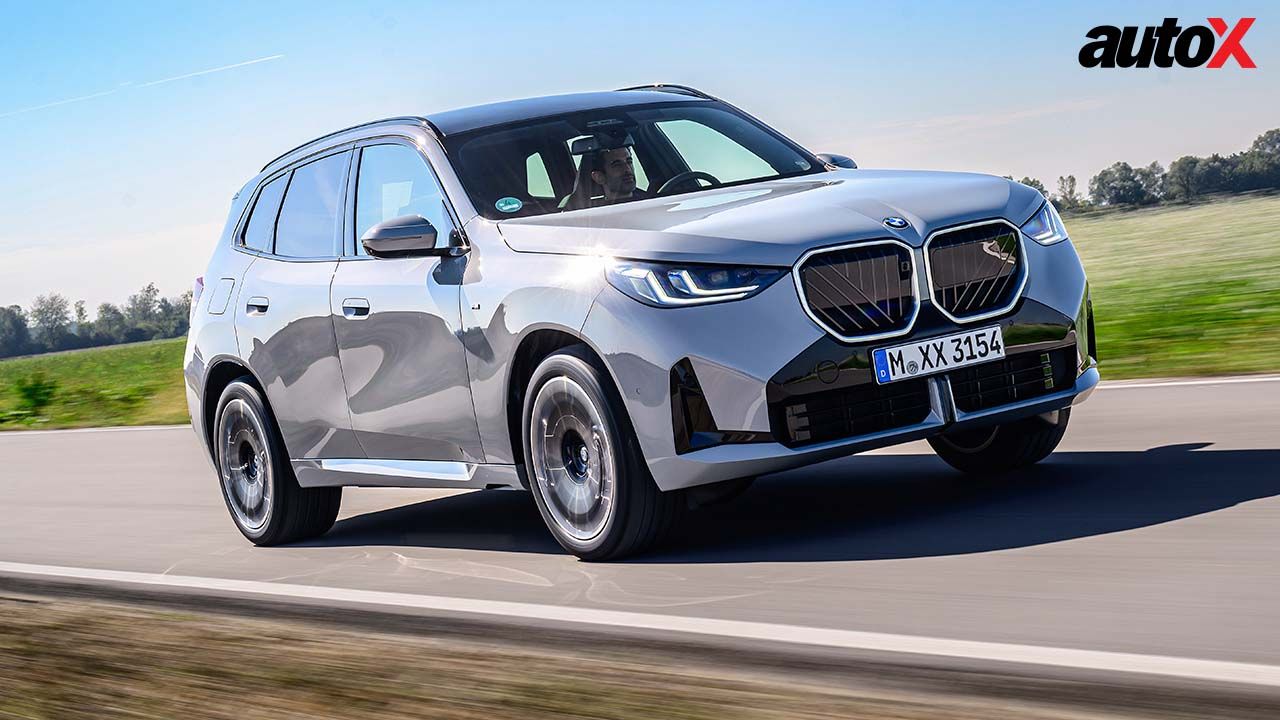


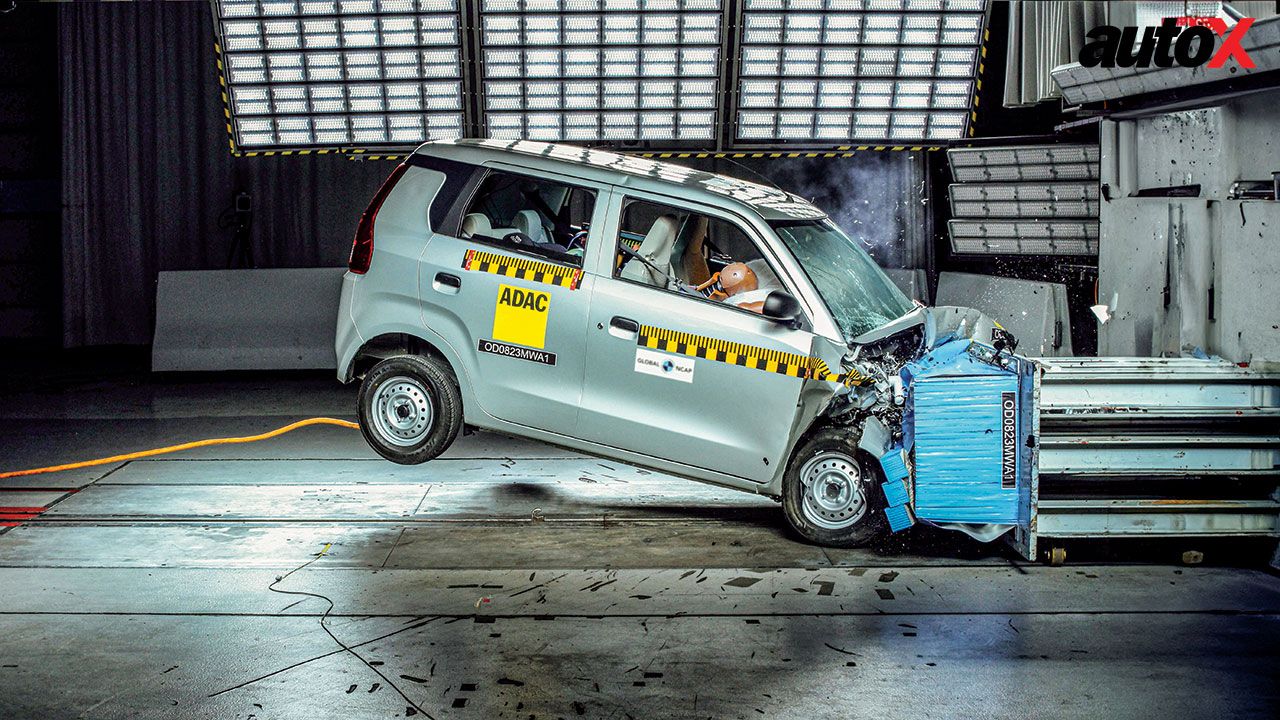

.webp)
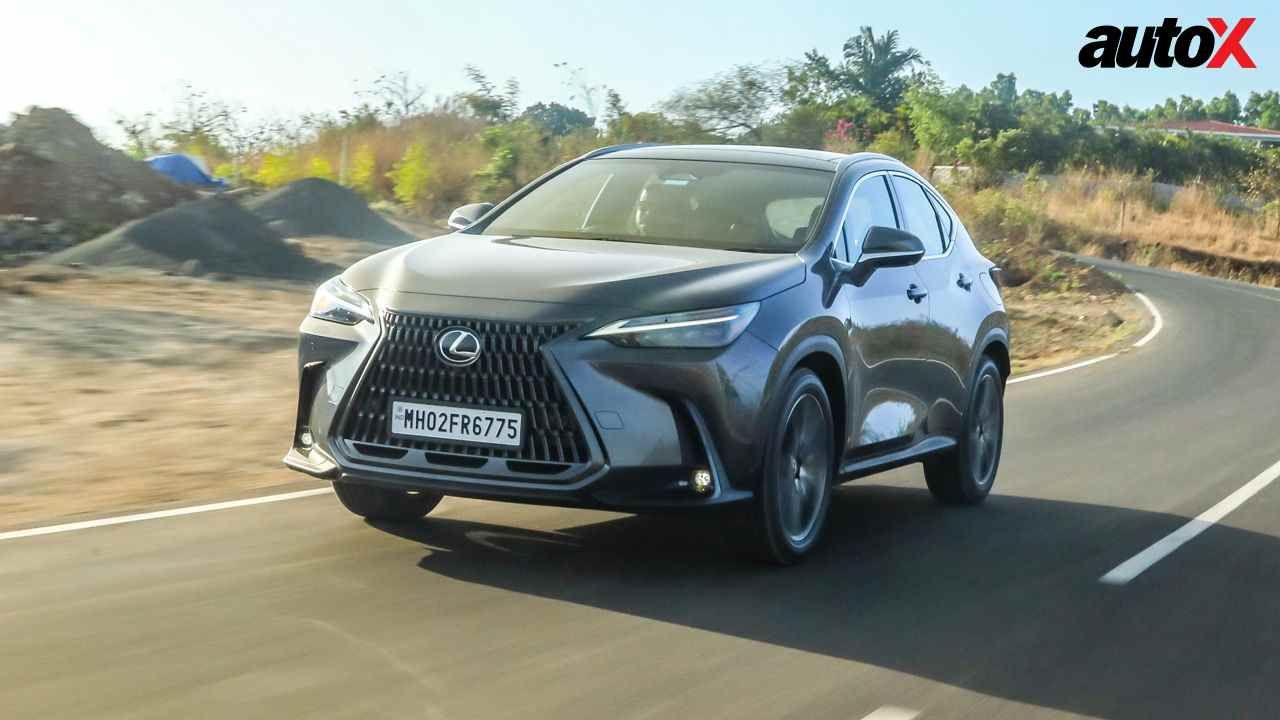
.webp)
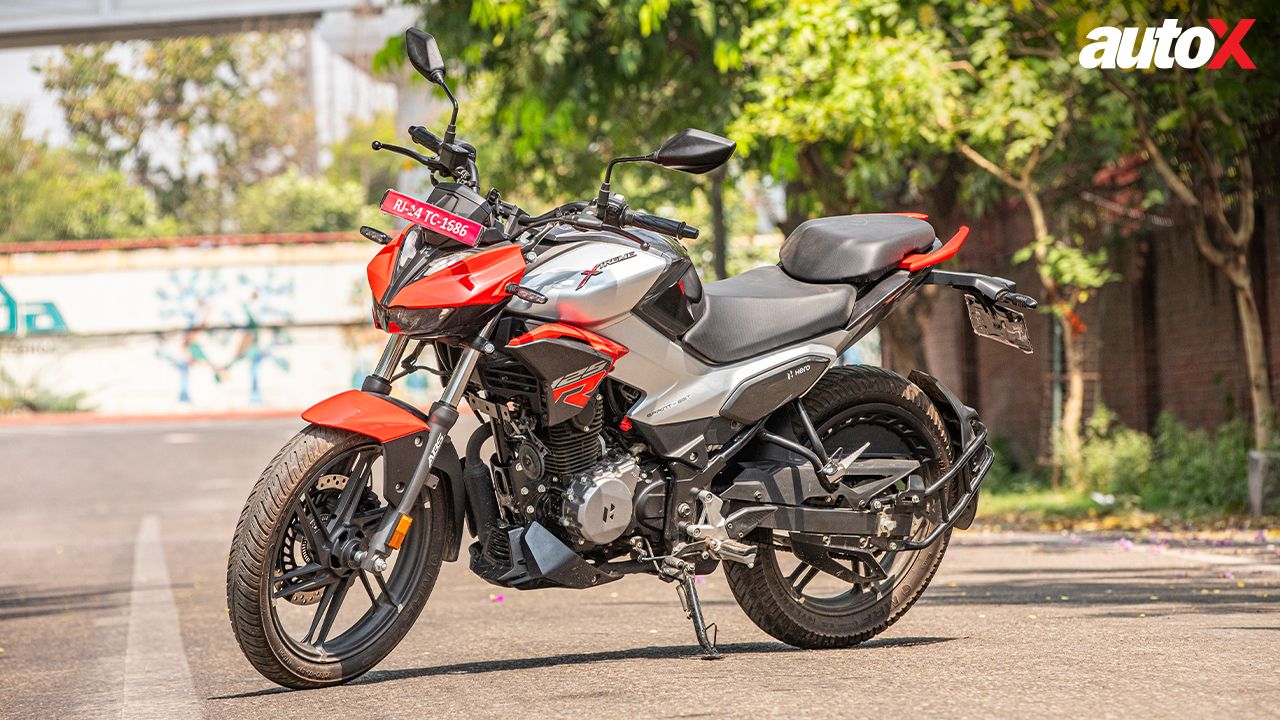

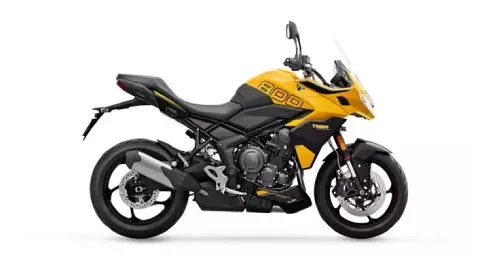


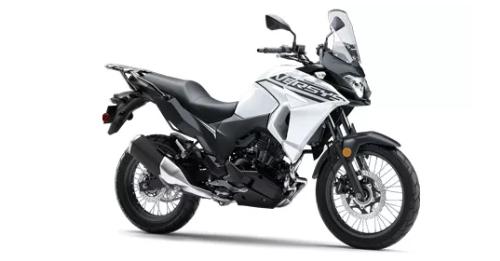














Write your Comment on